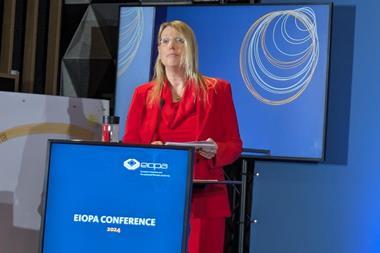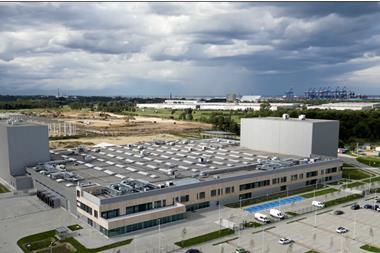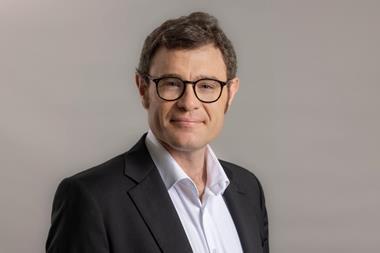Christian Lohr, member of parliament (MP) for The Centre (Die Mitte) party in the National Council, the lower house of the Swiss parliament, has asked the government (Federal Council) to assess the possibility of integrating the pension model designed by the industry for temporary workers into the second pillar pension system, as an alternative to change occupational pensions after the public rejected the proposed reform in a recent vote.
The pension fund model in the temporary employment sector enables many flexible workers to be insured under the second pillar pension system from the first hour of their employment, and thus be better off compared to the second pillar’s standard, the MP said in his proposal.
People working under temporary employment contracts find it hard to forecast whether the wage threshold to join a pension fund, now set at CHF22,050- 88,200 per year for the mandatory part of the occupational pension insurance, will be reached, the MP added.
Under the so-called staffing agency model, the threshold to join a pension scheme is calculated based on the wage per hour, amounting to CHF9.85, well below the minimum wage set by the collective bargaining agreement for the industry, Lohr noted.
Likewise, the coordination deduction for temporary workers is calculated per hour, he said.
The model would offer second pillar pension coverage for temporary workers, protecting against disability, claims for surviving partners and children from the beginning of the employment, Lohr continued.
The government should find a solution for temporary workers given their number has increased to 434,324 in 2023, according to employers’ association swissstaffing.
Lohr’s proposal represents an alternative to strengthen the protection of workers in the second pillar after the public rejected the reform in a referendum on 22 September.
The reform aimed to improve pension provisions for part-time workers and low-earners by lowering the threshold to join schemes, and to change the coordination deduction, with a larger part of the salary insured under the second pillar.
The latest digital edition of IPE’s magazine is now available


















No comments yet